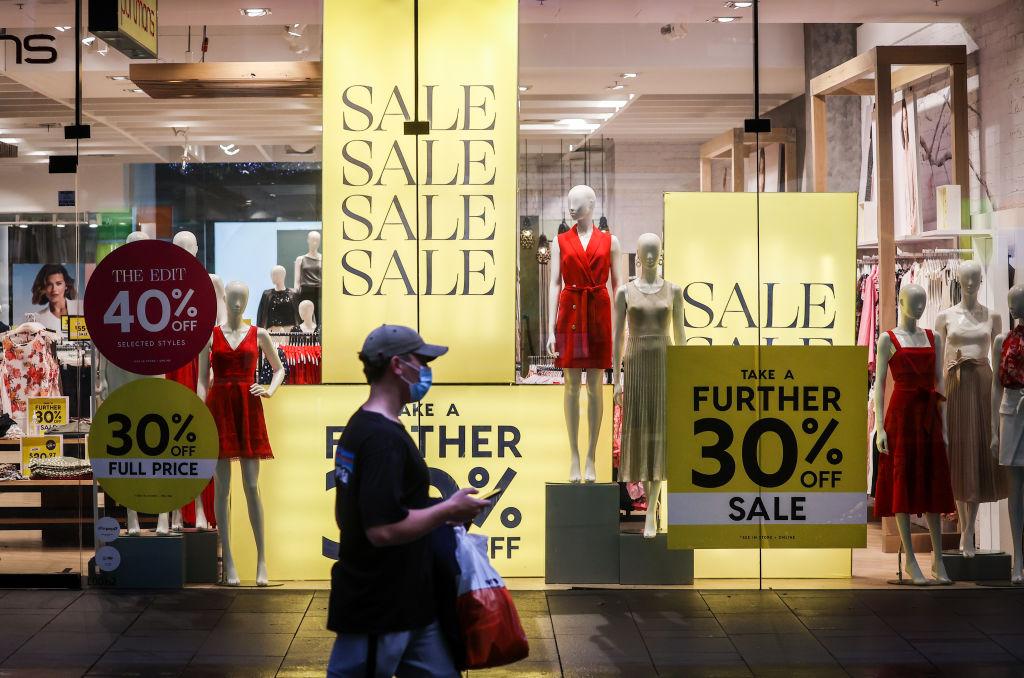A surprise drop in inflation in May has strengthened speculations about a pause on the Reserve Bank of Australia’s (RBA) aggressive interest rate hiking cycle.
However, it is still too early to conclude that inflation has been successfully tamed.

A surprise drop in inflation in May has strengthened speculations about a pause on the Reserve Bank of Australia’s (RBA) aggressive interest rate hiking cycle.
However, it is still too early to conclude that inflation has been successfully tamed.